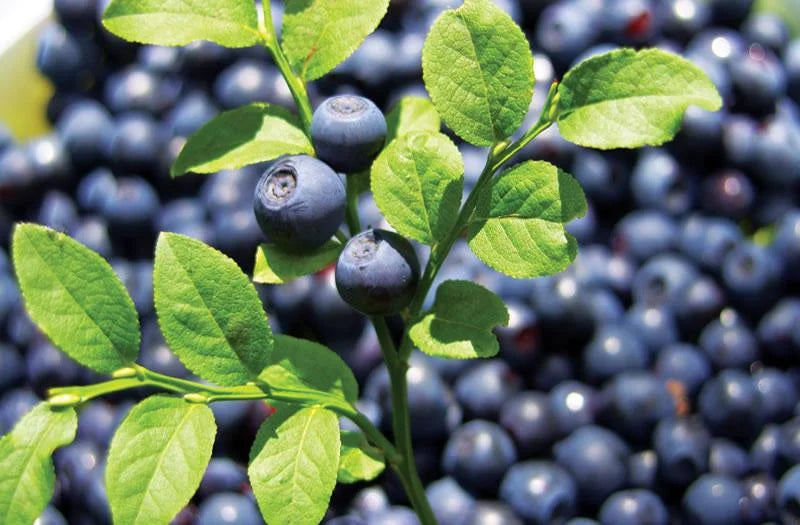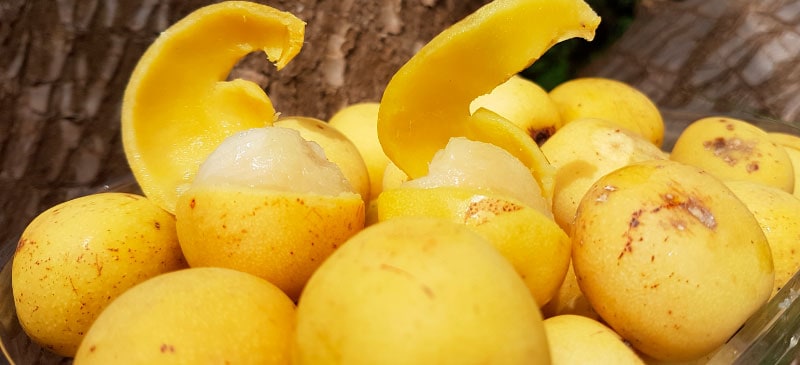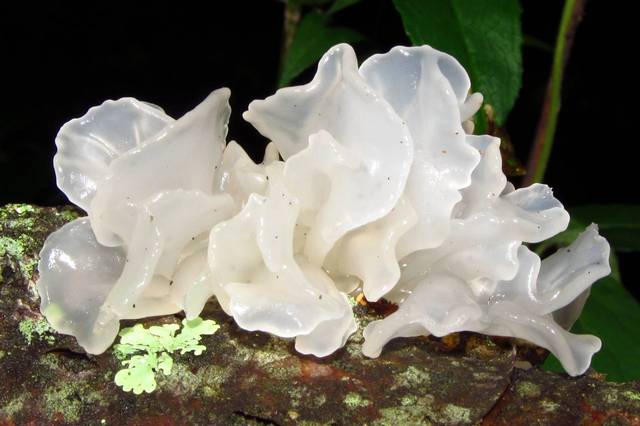
Bilberry Leaf Extract and How It Helps with Acne
What is Bilberry Leaf Extract?
Bilberry leaf extract is derived from the leaves of the bilberry plant (Vaccinium myrtillus), which is a small, shrub-like plant native to Europe and North America. The bilberry plant is closely related to the blueberry and produces dark purple, edible berries. Bilberry leaf extract is distinct from bilberry fruit extract, which is more commonly associated with its health benefits. The leaves of the bilberry plant contain a range of bioactive compounds that are believed to have potential health-promoting properties.
Here are some key characteristics and uses of bilberry leaf extract:
- Rich in Antioxidants: Bilberry leaf extract, like the fruit extract, is rich in antioxidants, particularly anthocyanins. These antioxidants help protect cells from damage caused by free radicals, which can contribute to various health issues.
- Potential Anti-Inflammatory Properties: Some studies suggest that bilberry leaf extract may have anti-inflammatory properties. This can be beneficial for conditions associated with inflammation, although further research is needed to fully understand its effects.
- Supports Circulatory Health: Bilberry leaf extract is sometimes used for its potential benefits on the circulatory system. It may help improve blood flow and strengthen blood vessels. This is primarily attributed to compounds like anthocyanins.
- May Aid in Vision Health: While bilberry fruit extract is more commonly associated with vision health, bilberry leaf extract may also offer some benefits due to its antioxidant content. It is believed to support eye health and may help with conditions like night vision.
- Skin Benefits: Bilberry leaf extract is sometimes used in skincare products for its potential antioxidant properties. It may help protect the skin from environmental damage and contribute to overall skin health.
- Natural Astringent: Some formulations use bilberry leaf extract for its astringent properties, which can help tighten and tone the skin.
- Traditional Herbal Uses: In traditional herbal medicine, bilberry leaves have been used for various purposes, including as a mild diuretic and to support urinary tract health.
How Bilberry Extract help with acne:
Bilberry leaf extract may offer potential benefits for individuals with acne-prone skin, although it is not as widely studied as bilberry fruit extract. It’s packed with antioxidants, and Bilberry Leaf Extract’s calming properties relieve redness, boost skin defenses, and cleanse, tighten, and nourish the skin.
Here's how bilberry leaf extract can be associated with acne management:
- Antioxidant Protection: Bilberry leaf extract, like its fruit extract counterpart, contains antioxidants. These antioxidants, such as anthocyanins, help protect skin cells from damage caused by free radicals. By reducing oxidative damage, bilberry leaf extract may contribute to overall skin health and potentially reduce the risk of acne.
- Anti-Inflammatory Properties: Some studies suggest that bilberry leaf extract may possess anti-inflammatory properties. Inflammation is a key factor in the development and worsening of acne, especially inflammatory acne. Bilberry leaf extract's anti-inflammatory qualities may help reduce redness, swelling, and discomfort associated with acne breakouts.
- Skin Health: The antioxidants in bilberry leaf extract can support skin health, potentially enhancing the skin's ability to heal and defend against environmental damage. This can be particularly beneficial for individuals with acne-prone skin, who may be more vulnerable to skin damage and scarring.
- Collagen Support: Bilberry leaf extract may promote collagen production. Collagen is essential for skin elasticity and wound healing. Enhancing collagen production can help maintain skin health and reduce the appearance of acne scars.
- UV Protection: While not a substitute for sunscreen, some antioxidants in bilberry leaf extract may offer mild protection against the harmful effects of ultraviolet (UV) radiation. Protecting the skin from UV damage is important for preventing premature aging and maintaining skin health.






